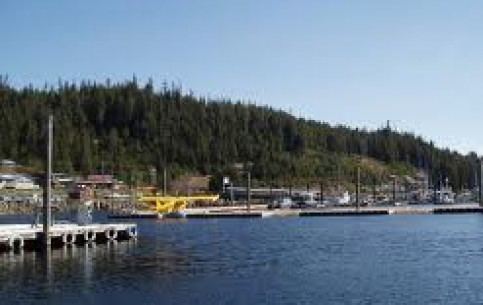Highest elevation 424 m (1,391 ft) Population Uninhabited | Area rank 40th Area 33,339 km² | |
 | ||
Island group Canadian Arctic Archipelago | ||
One of the larger members of the Canadian Arctic Archipelago, Prince of Wales Island is an Arctic island in Nunavut, Canada, lying between Victoria Island and Somerset Island and south of the Queen Elizabeth Islands.
Contents
Map of Prince of Wales Island, Nunavut, Canada
For administrative purposes it is divided between Qikiqtaaluk and Kitikmeot regions. There are no permanent settlements.
It is a low tundra-covered island with an irregular coastline deeply indented by Ommanney Bay in the west and Browne Bay in the east. Its area has been estimated at 33,339 km2 (12,872 sq mi). Prince of Wales Island is the world's 40th largest island and the 10th largest in Canada. Its highest known point—with an elevation of 424 m (1,391 ft)—is an unnamed spot at 73°48′26″N 97°50′14″W in the island's far northeastern end, overlooking the Baring Channel, which separates the island from nearby Russell Island.
History
Its European discovery came in 1851 by Francis Leopold McClintock's sledge parties during the searches for John Franklin's last expedition. McClintock, along with Sherard Osborn and William Browne, charted the northern half of the island. Its southern half was charted by Allen Young in 1859. It was named after Albert Edward, eldest son of Queen Victoria, then ten years old and Prince of Wales. He later became King Edward VII.
